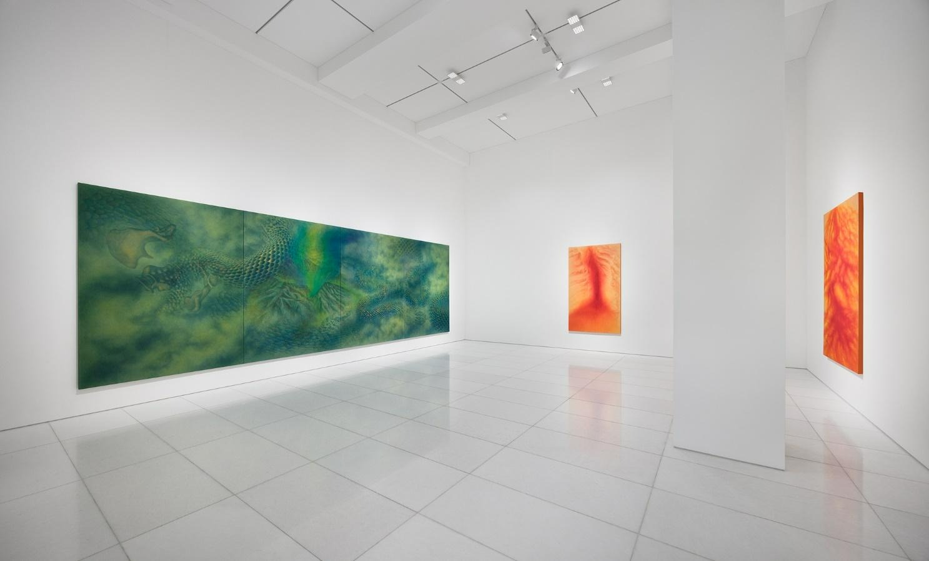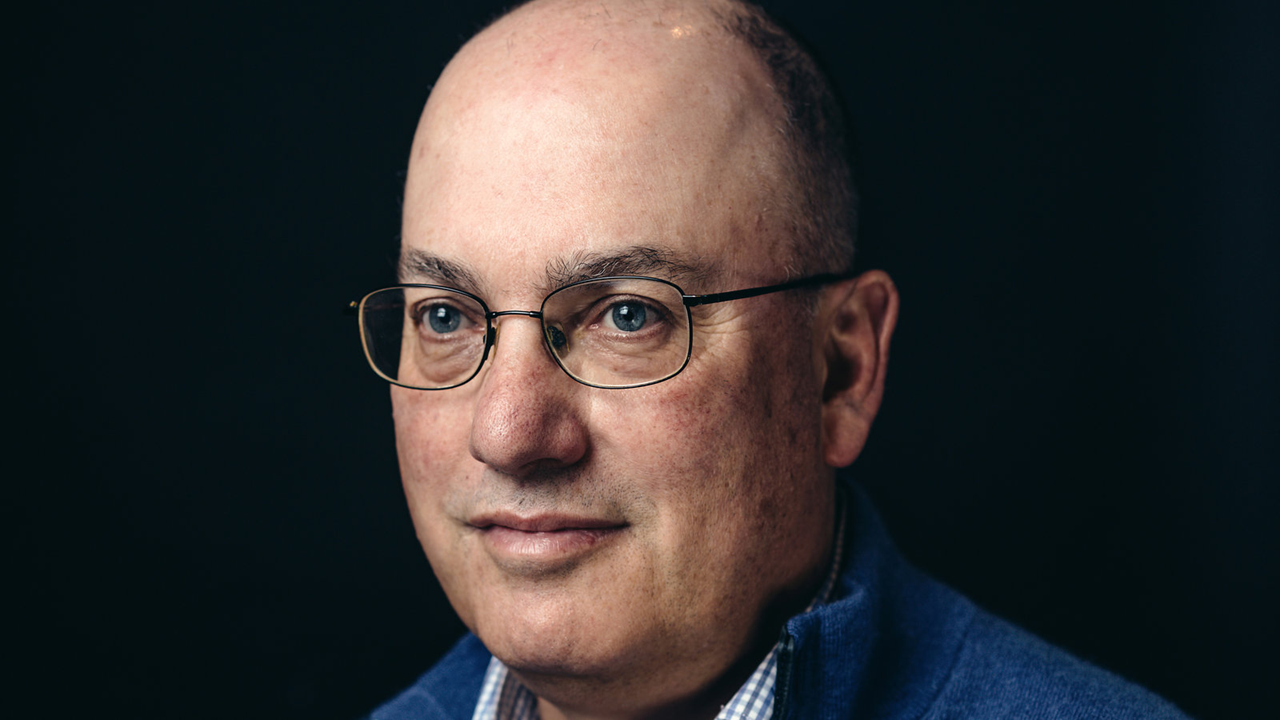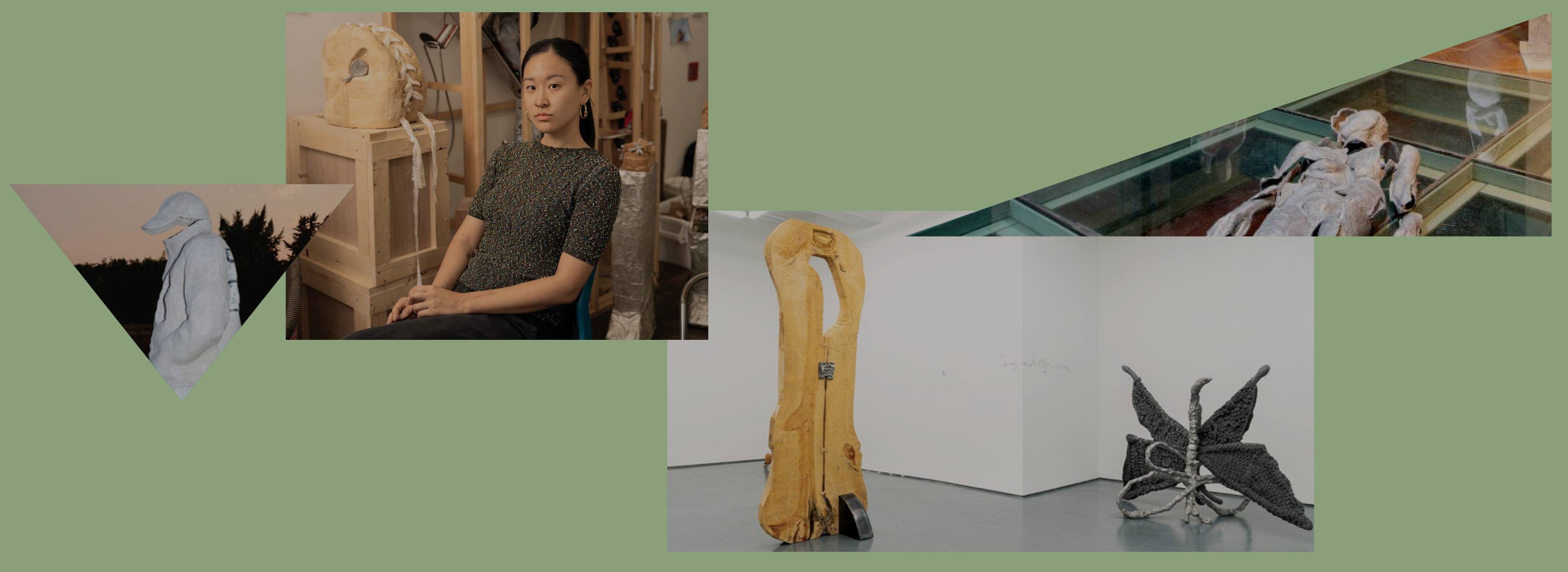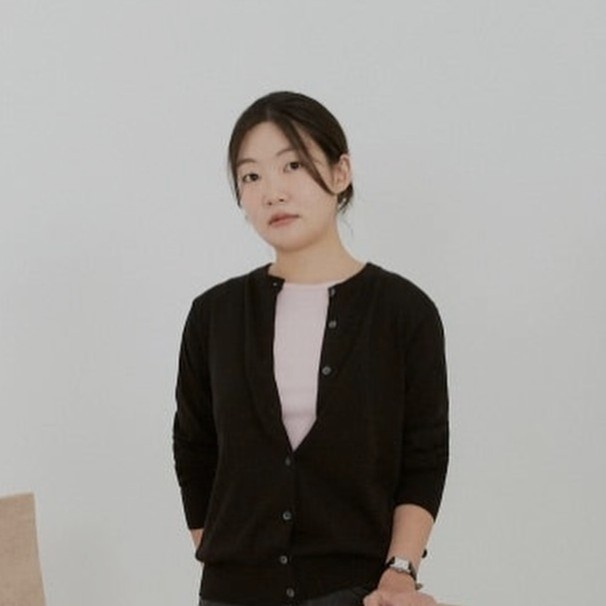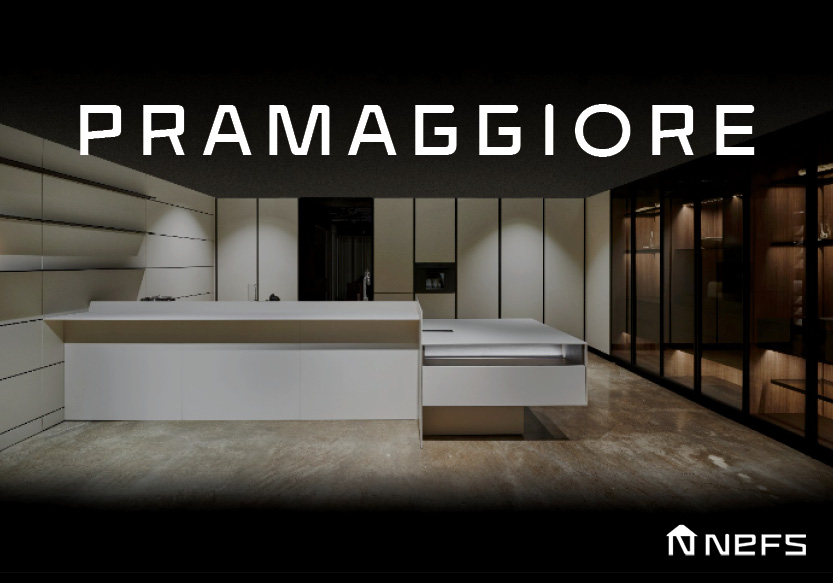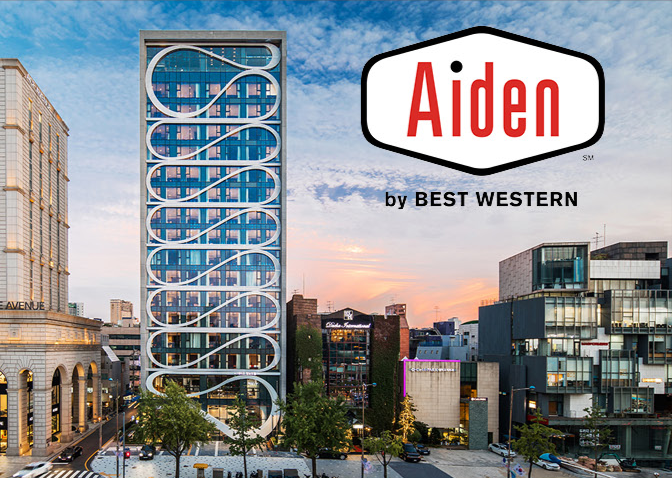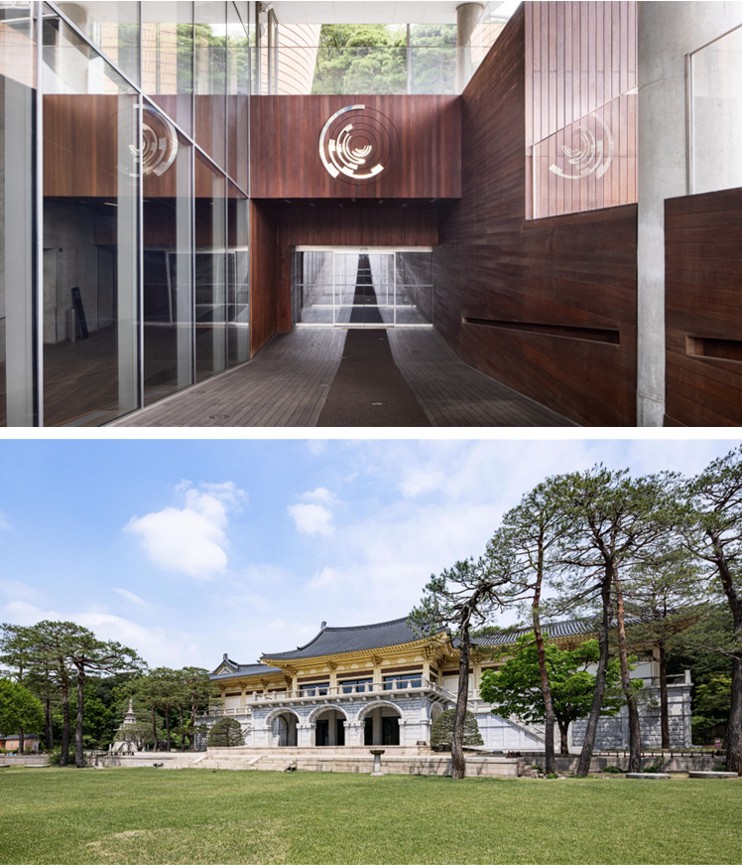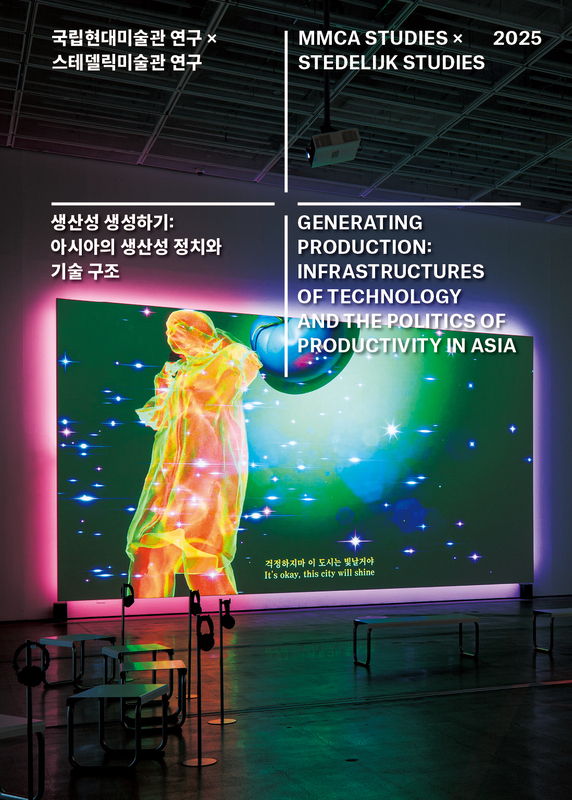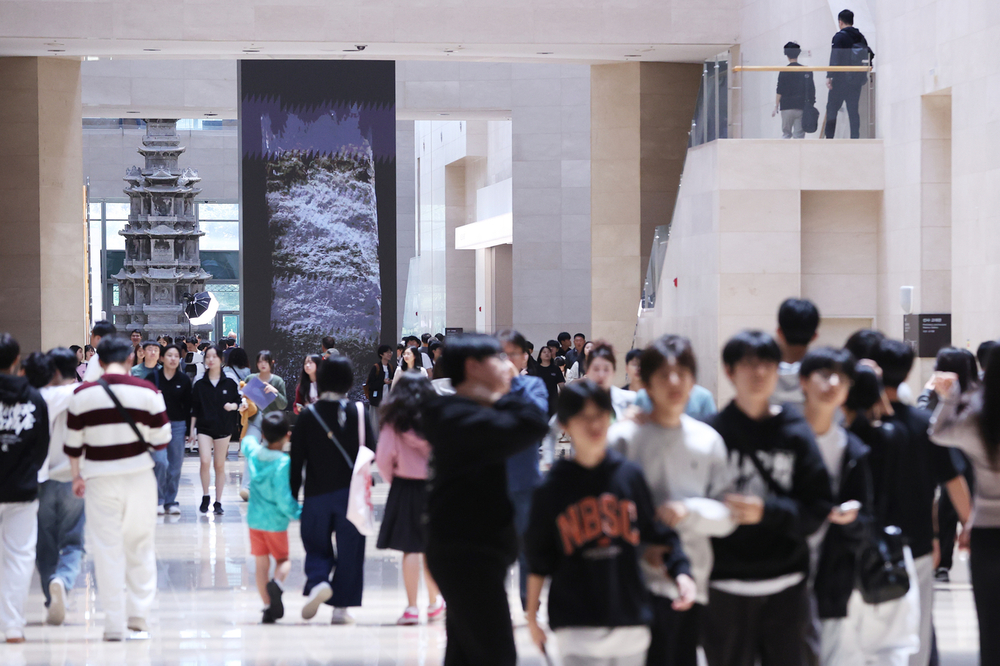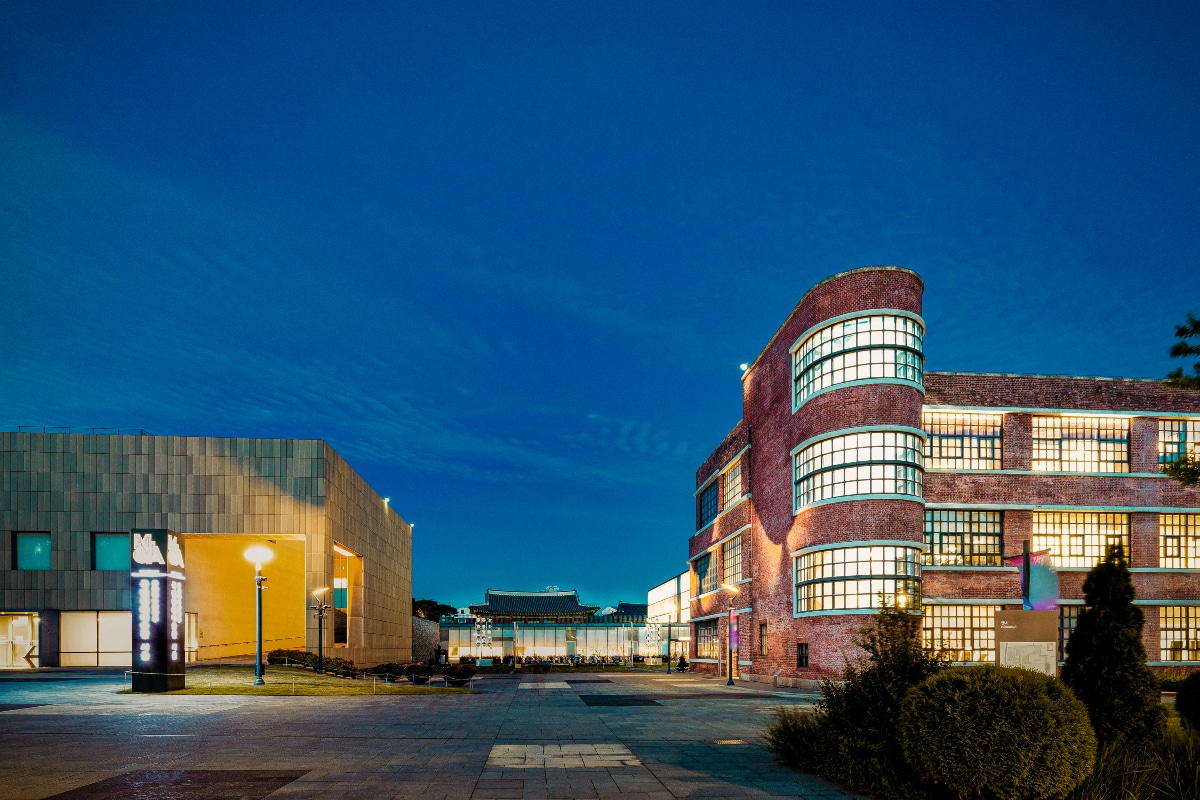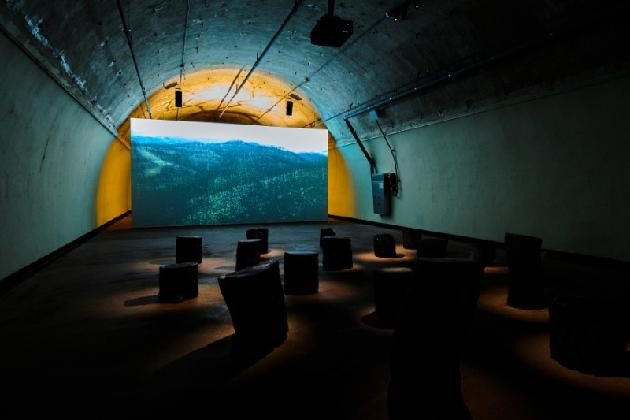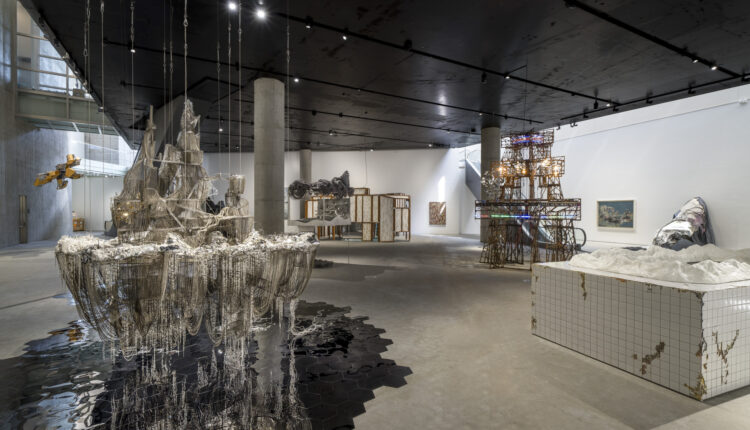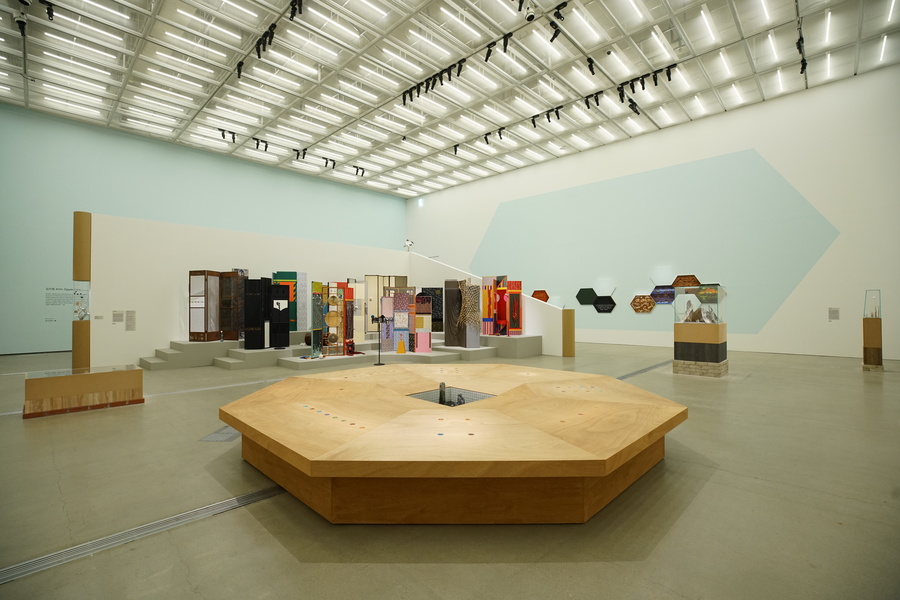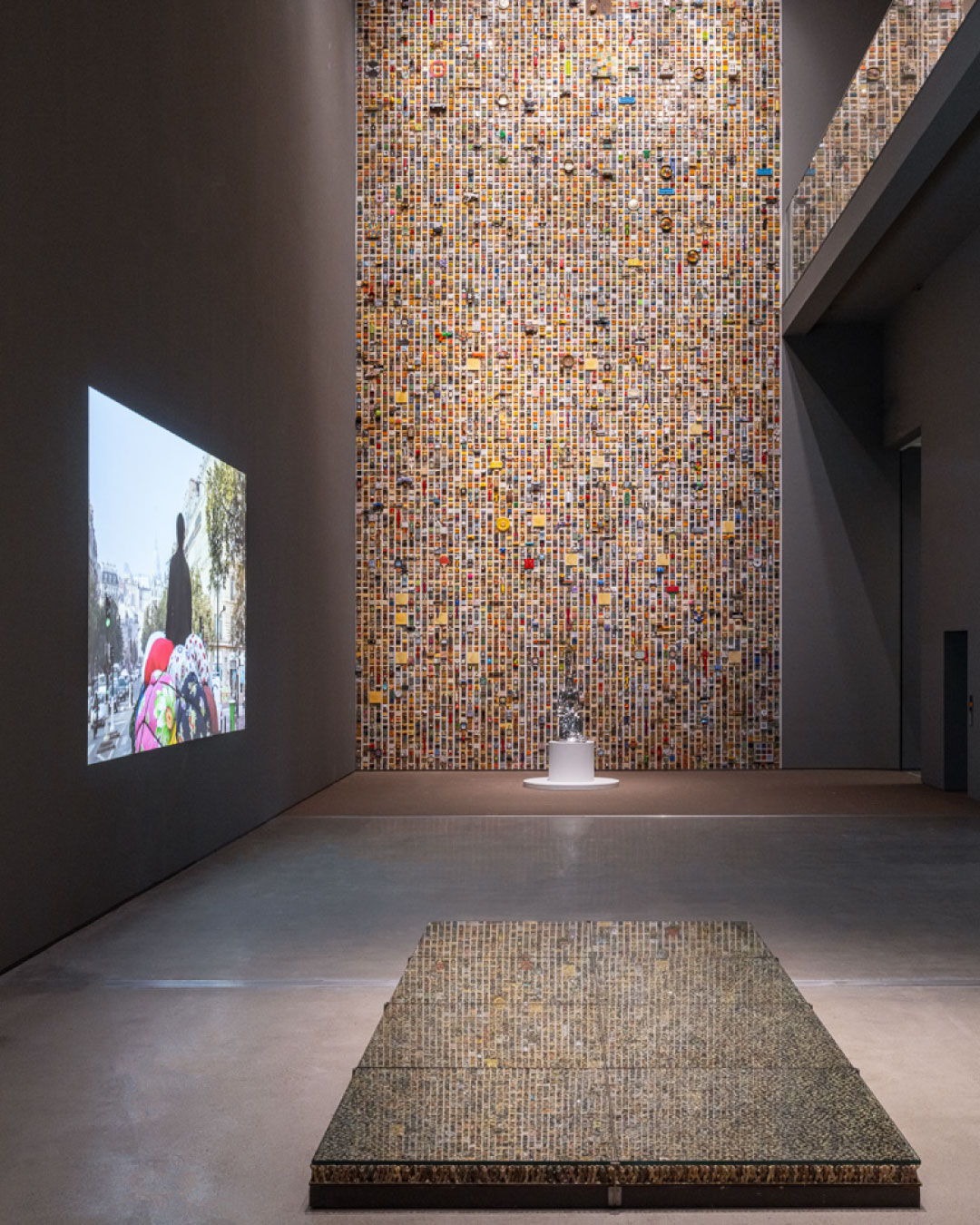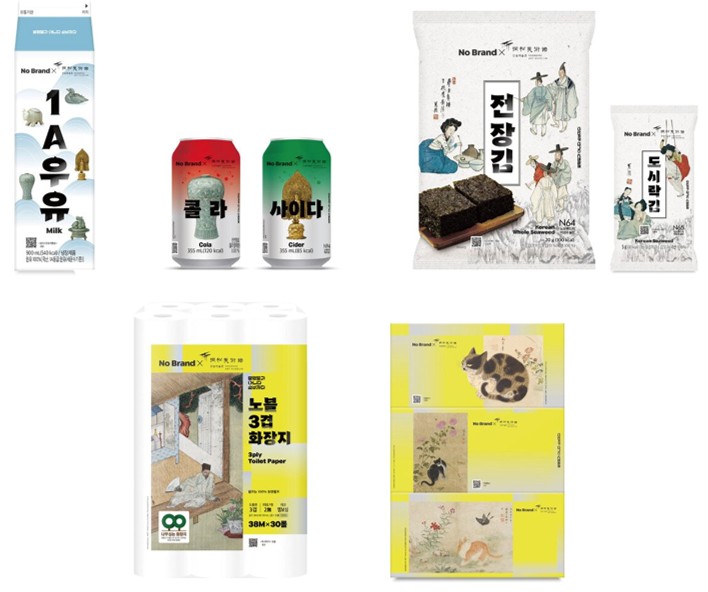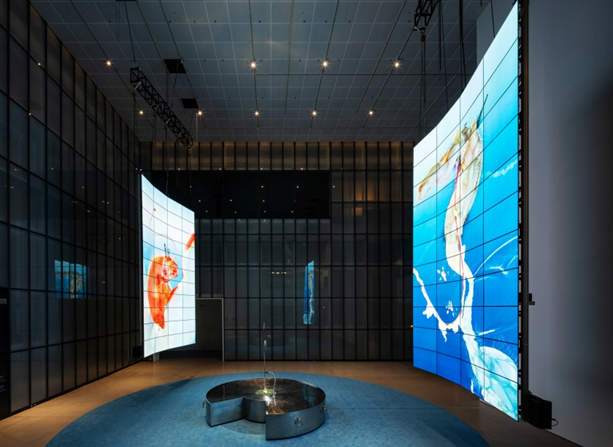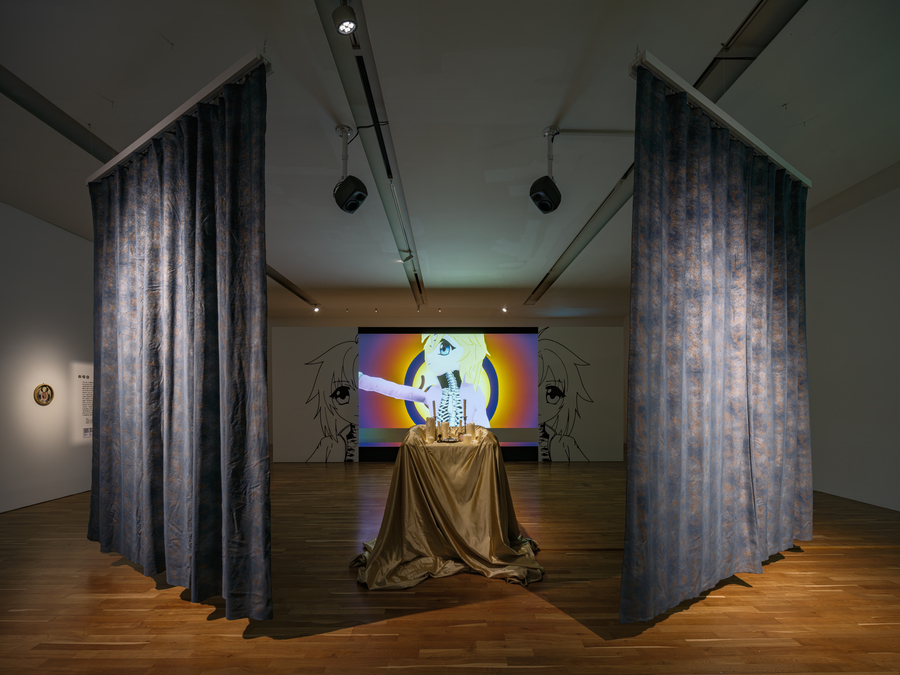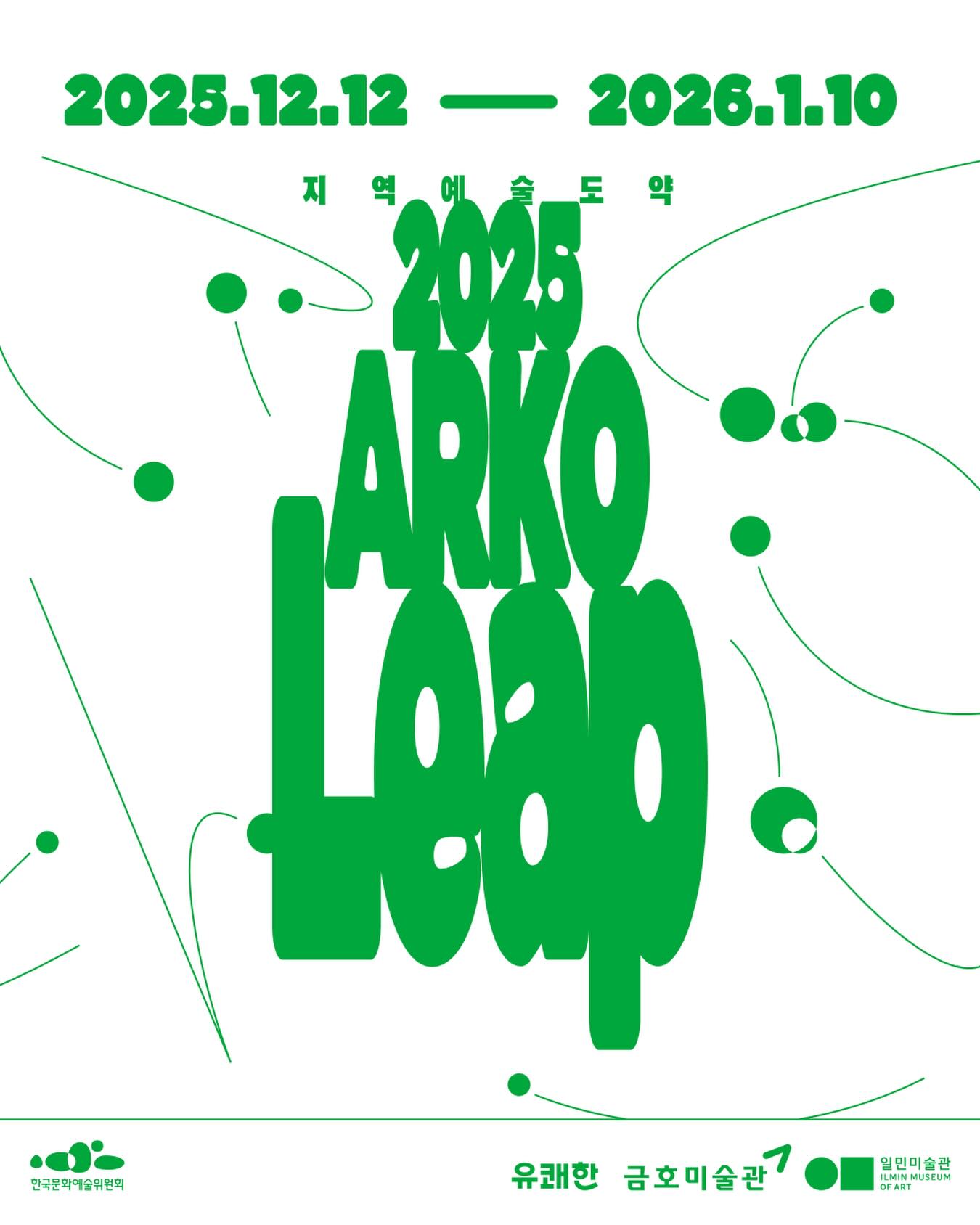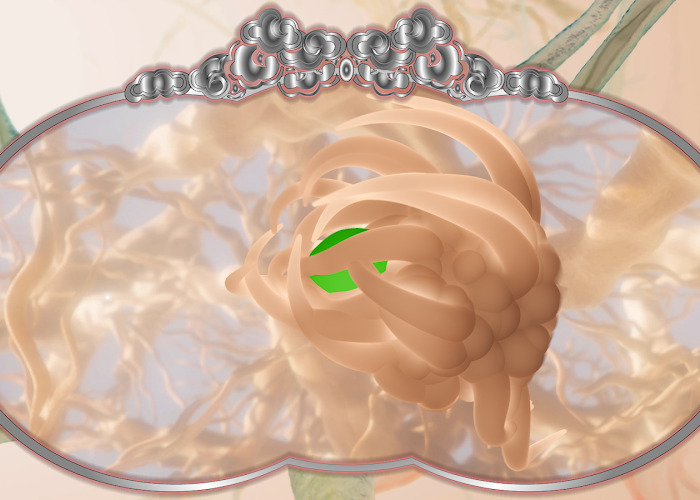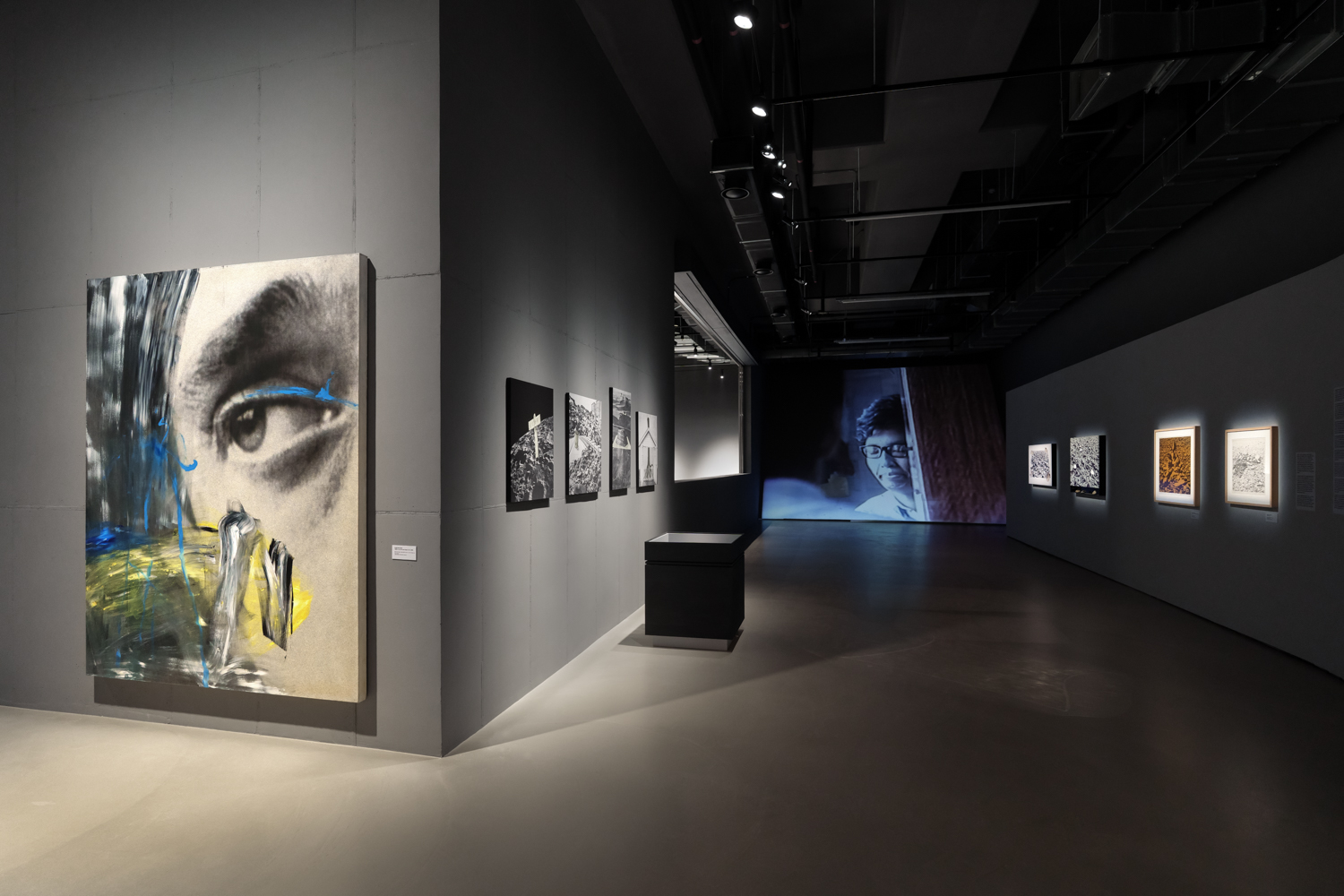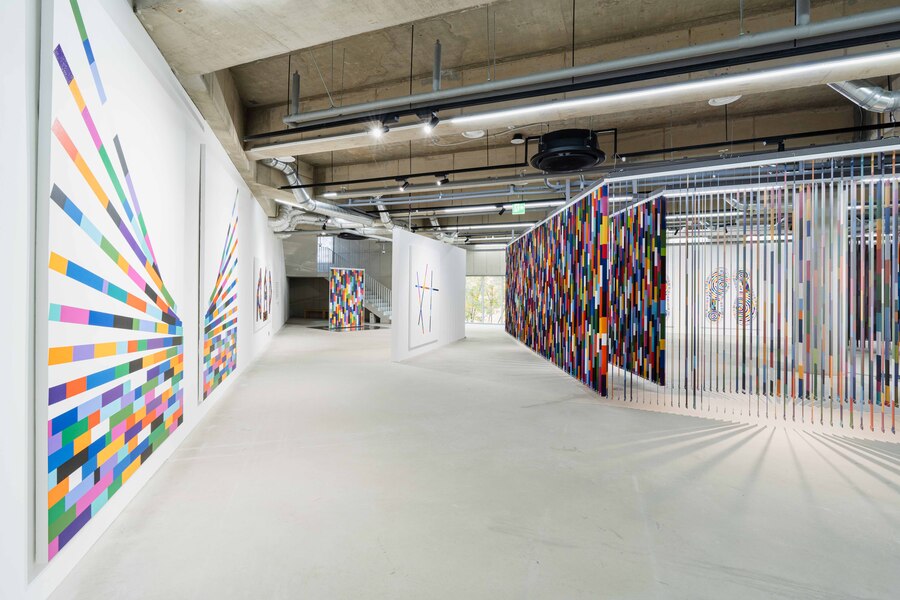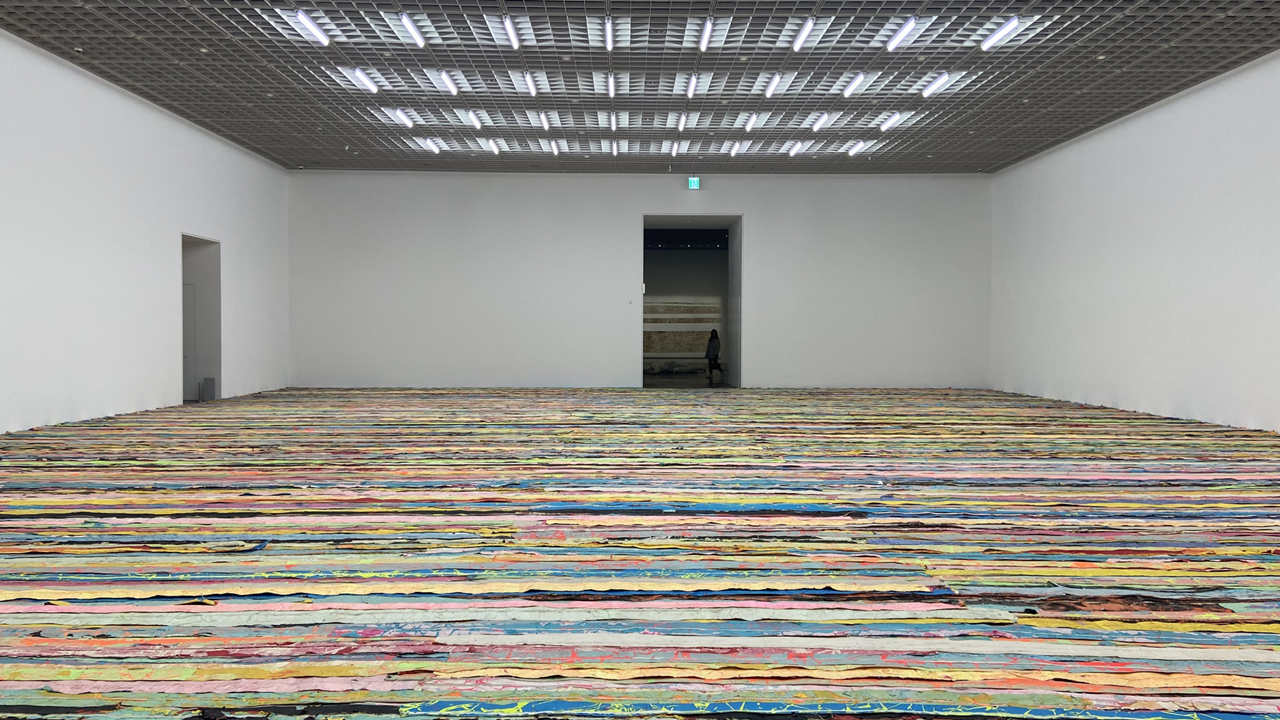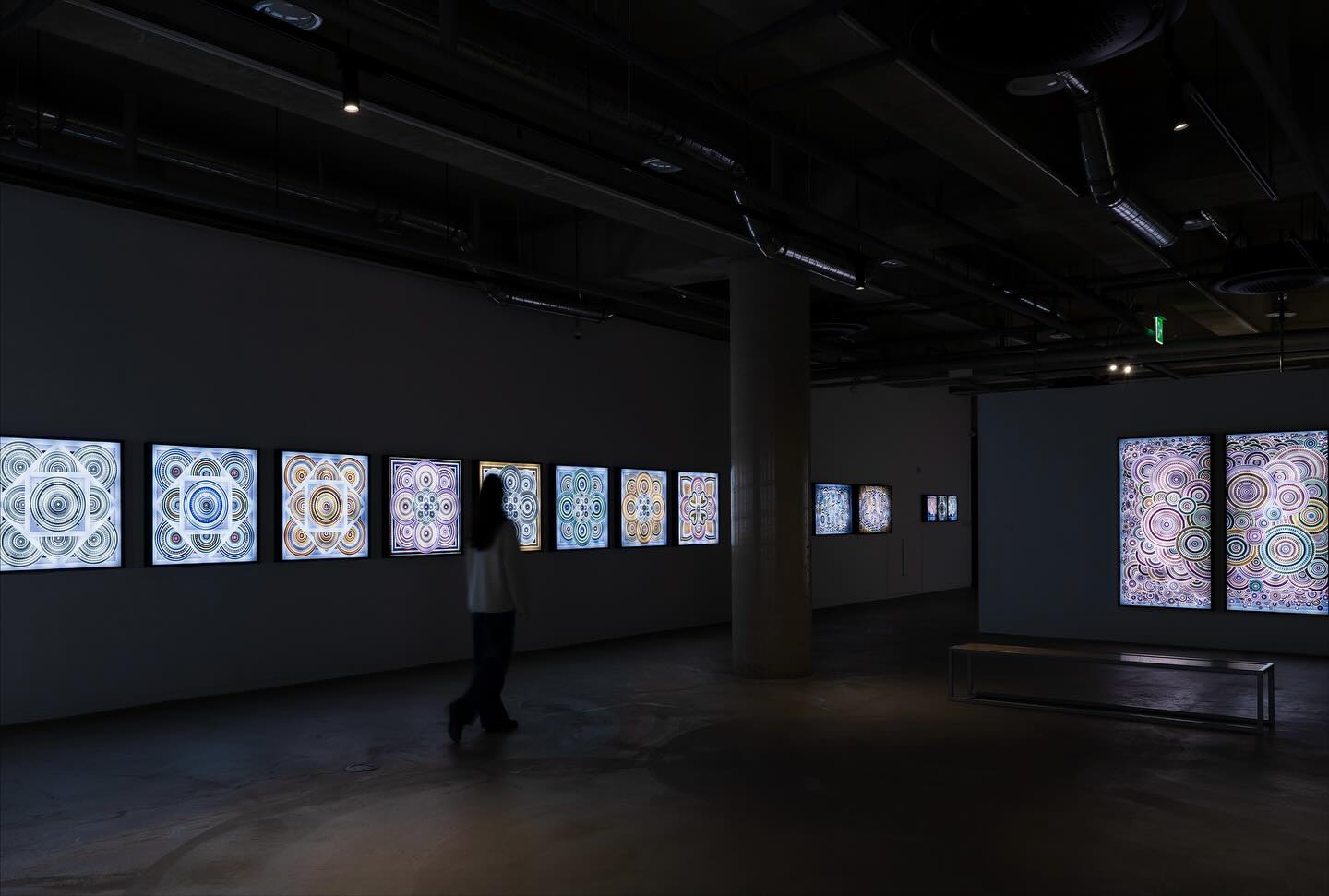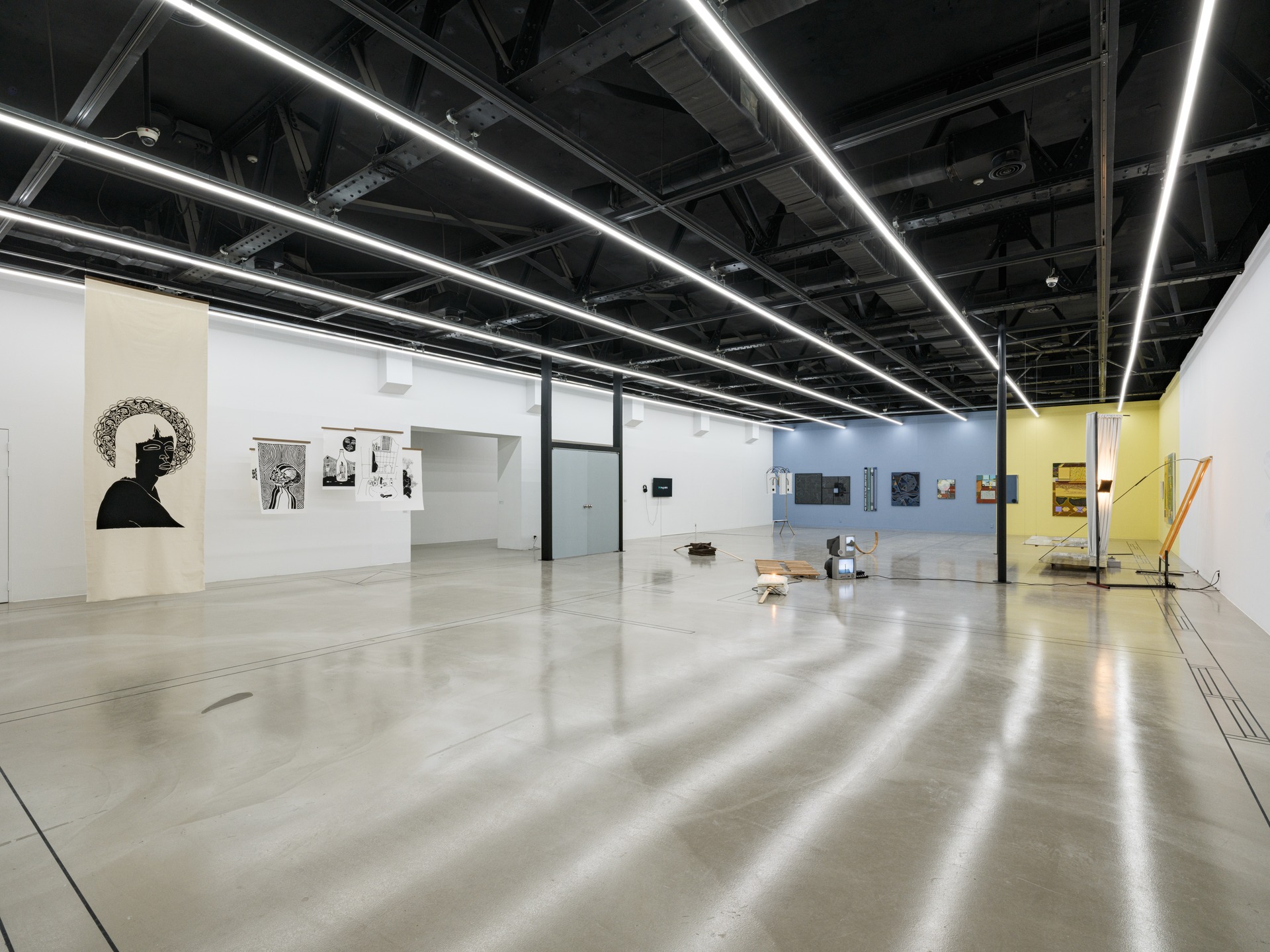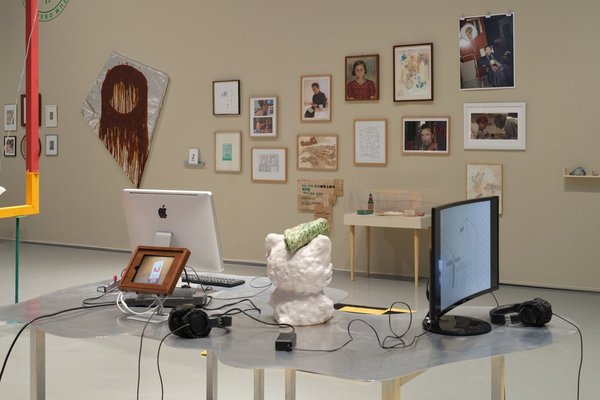This week, we introduce exhibitions perfect for families to enjoy together during the Lunar New Year holidays, curated from major museums in Seoul and across regional areas.
National
Museum of Modern and Contemporary Art (MMCA): Enjoy Modern Art for Free
The
National Museum of Modern and Contemporary Art (MMCA) offers free admission to
its Seoul and Deoksugung branches during the Lunar New Year holidays.
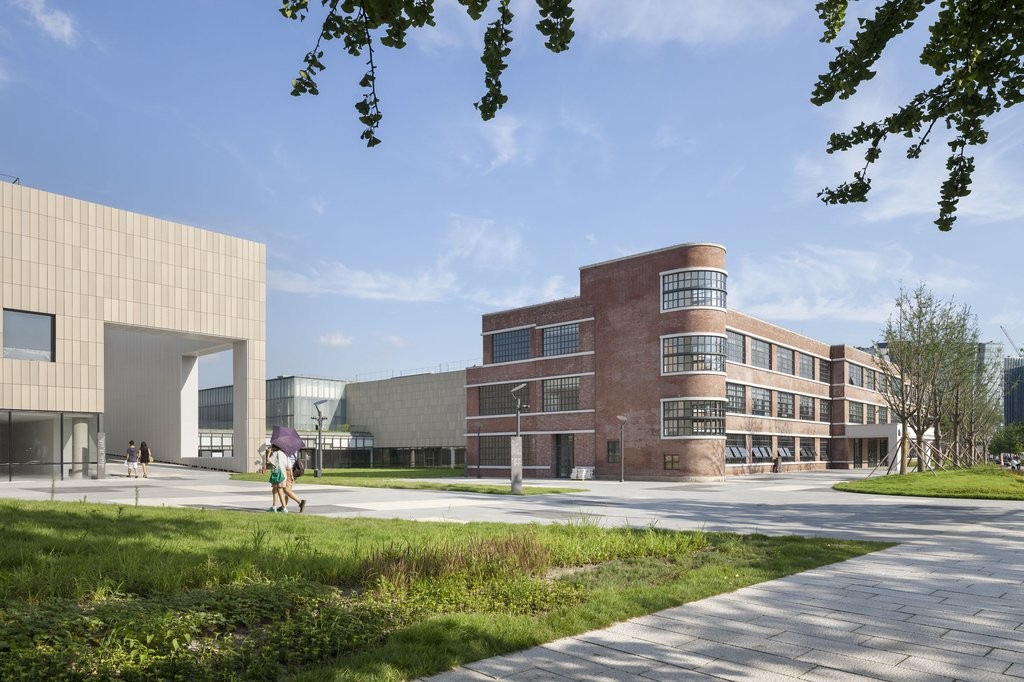 MMCA
Seoul branch / ⓒ MMCA
MMCA
Seoul branch / ⓒ MMCA
At
the Seoul branch, the exhibition titled 《Lee Kang So: Where
the Wind Meets the Water》highlights a diverse range of works by
Lee Kang So, including early experimental pieces, installations, videos, and
paintings, showcasing various facets of experimental art.
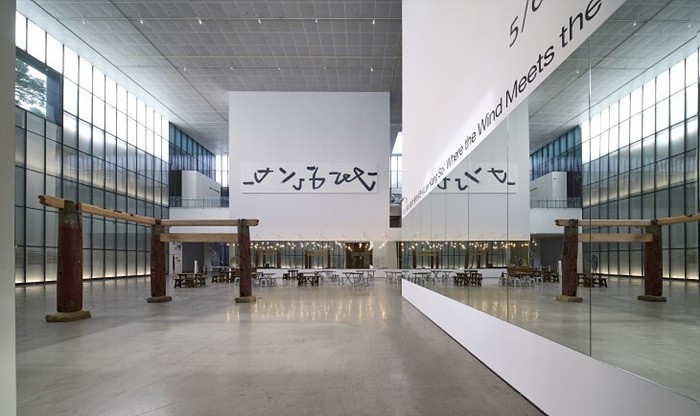
《Lee Kang So: Where the Wind Meets the Water》 exhibition view / ⓒ MMCA
Lee
Kang So began his experimental art practice in the 1970s, participating in
movements such as Shincheje(New System), AG (Korean Avant-Garde Association),
Seoul Biennale, and École de Seoul. His artistic exploration spans multiple
mediums like video, printmaking, and event-based art. Lee actively participated
in international exhibitions, including the Paris Biennale (1975), Sydney
Biennale (1976), Tokyo International Print Biennale (1976), and São Paulo
Biennale (1977). From the 1980s, Lee delved into contemplative processes,
experimenting with abstraction and figuration, and evolving his works to
creatively merge text and abstraction after the 2000s.
Another
engaging exhibition at the Seoul branch is 《Teleportation》, where visitors can wear VR headsets
to experience virtual recreations of a 1930s Gyeongseong (Seoul), a solitary
prison cell, and a futuristic Toronto, offering a truly immersive and
interactive experience.
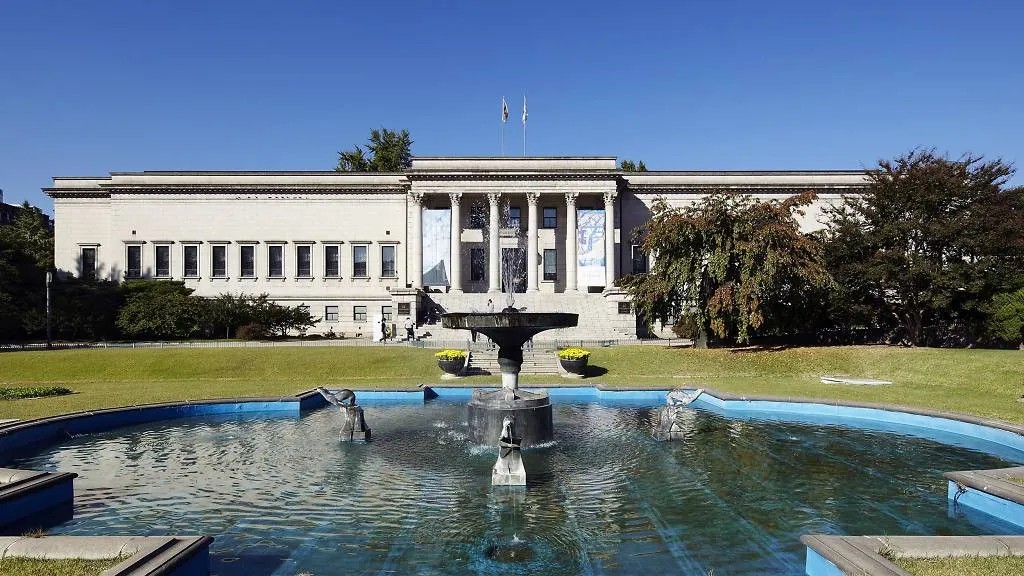
MMCA Deoksugung branch / ⓒ MMCA
At
the Deoksugung (Deoksu Palace) branch, 《Sublime Ink: Korean
and Chinese Modern Ink and Color Painting》 is on display, comparing Korean and
Chinese modern ink art. This exhibition features 32 nationally designated
cultural heritage works from China, including pieces by Wu Changshuo, Xu
Beihong, Wu Zuoren, and Lin Fengmian, providing a rare opportunity to see these
significant works.
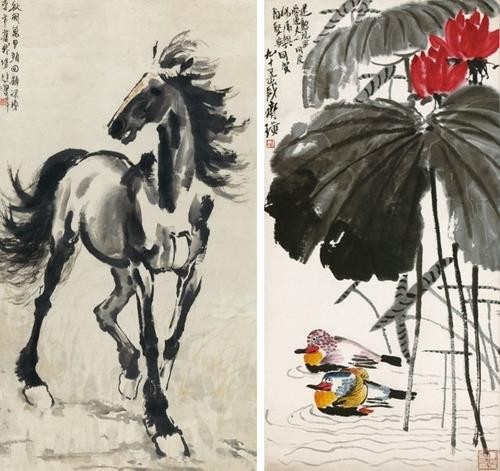 Xu
Beihong (徐悲鴻), *"War Horse" (戰馬), 1942, ink
and color on paper, 110.5 × 61.3 cm, collection of the
National Art Museum of China (left), and Qi Baishi (齊白石),
*"Lotus and Mandarin Ducks" (荷花鴛鴦), 1955, ink
and color on paper, 137.7 × 67.8 cm, collection of the
National Art Museum of China / ⓒ MMCA
Xu
Beihong (徐悲鴻), *"War Horse" (戰馬), 1942, ink
and color on paper, 110.5 × 61.3 cm, collection of the
National Art Museum of China (left), and Qi Baishi (齊白石),
*"Lotus and Mandarin Ducks" (荷花鴛鴦), 1955, ink
and color on paper, 137.7 × 67.8 cm, collection of the
National Art Museum of China / ⓒ MMCA
Leeum
Museum of Art: The Beauty of Goryeo-Era National Treasures
The
Leeum Museum of Art is hosting an exhibition titled 《Transcendence: Embracing Enlightenment》,
showcasing Goryeo-era national treasures.
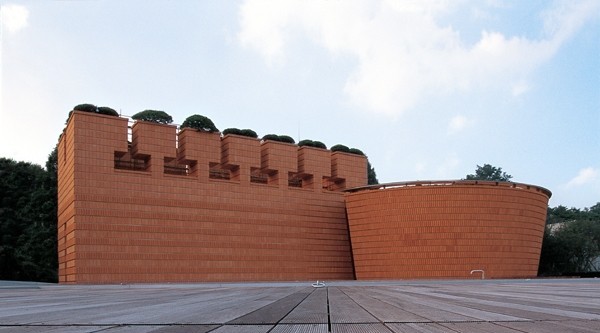
Exterior view of the Museum 1, designed by Mario Botta / ⓒ Leeum Museum of Art
This
exhibition includes gamji-geumnimyo-beopyeonhwa-gyeong
(Illuminated Lotus Sutra Manuscript), written with gold ink on black paper, and
Najeon-guk-dangcho-mun-gyeong-ham (Mother-of-Pearl
Sutra Box), demonstrating the exquisite artistry of Goryeo Buddhist art. These
artifacts highlight the intricate craftsmanship and spiritual depth of
traditional Korean art.
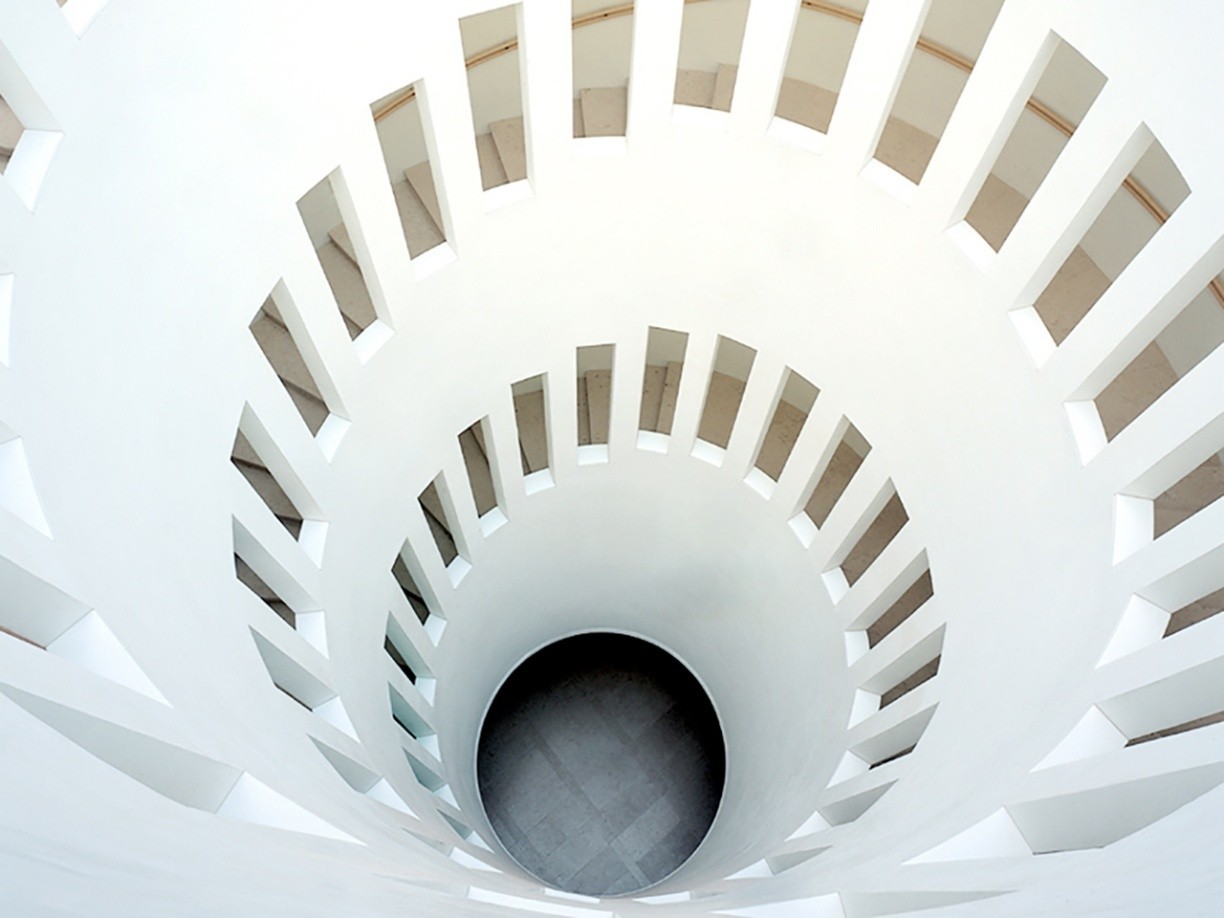 Interior view of the Museum 1, designed by Mario
Botta / ⓒ Leeum Museum of Art
Interior view of the Museum 1, designed by Mario
Botta / ⓒ Leeum Museum of Art
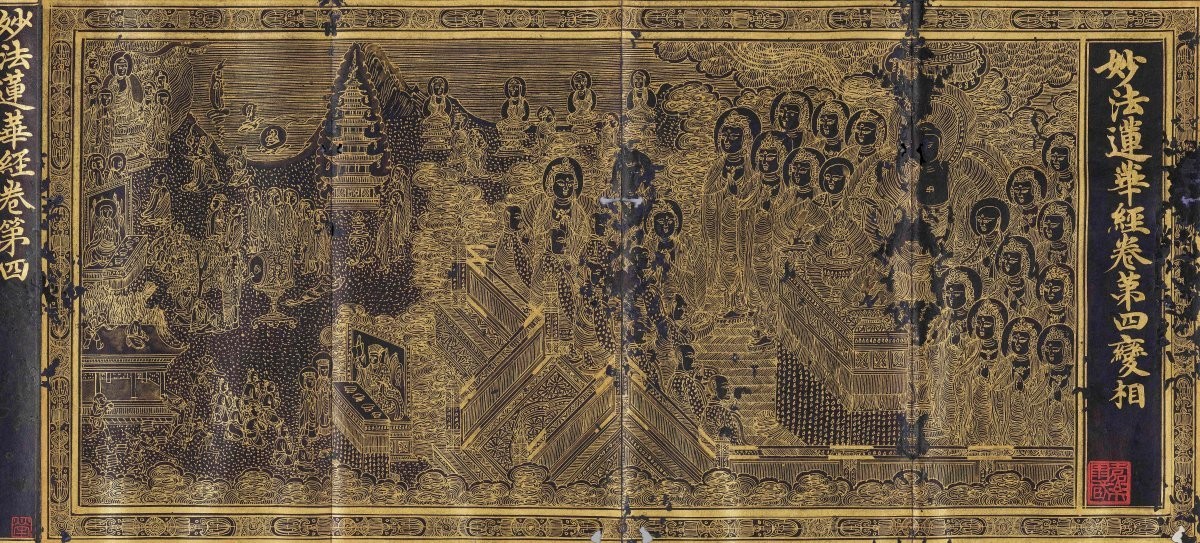 Illuminated Lotus Sutra Manuscript,
created in 1345 by Jinhan-gukdaebuin Kim / ⓒ Hoam Art Museum
Illuminated Lotus Sutra Manuscript,
created in 1345 by Jinhan-gukdaebuin Kim / ⓒ Hoam Art Museum
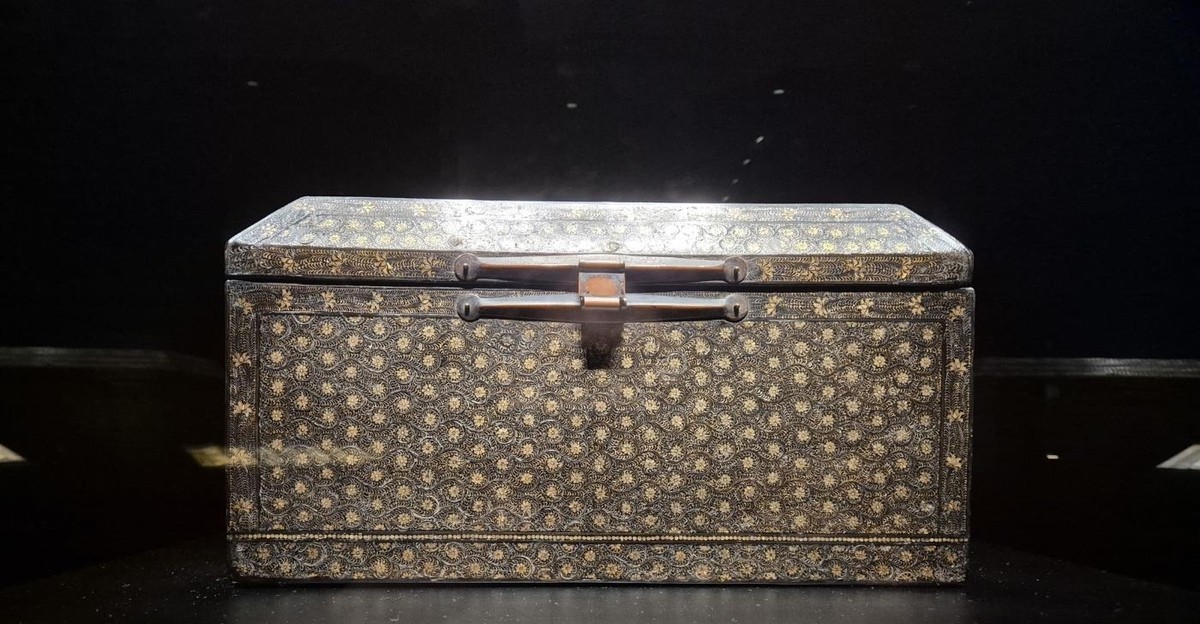 Najeon-guk-dangcho-mun-gyeong-ham
(Mother-of-Pearl Sutra Box) ⓒ Hoam Art Museum
Najeon-guk-dangcho-mun-gyeong-ham
(Mother-of-Pearl Sutra Box) ⓒ Hoam Art Museum
Kansong
Art Museum Daegu: Masterpieces of Joseon Painting
The
Kansong Art Museum Daegu presents a new permanent exhibition showcasing
treasures from the Kansong Art and Cultural Foundation.
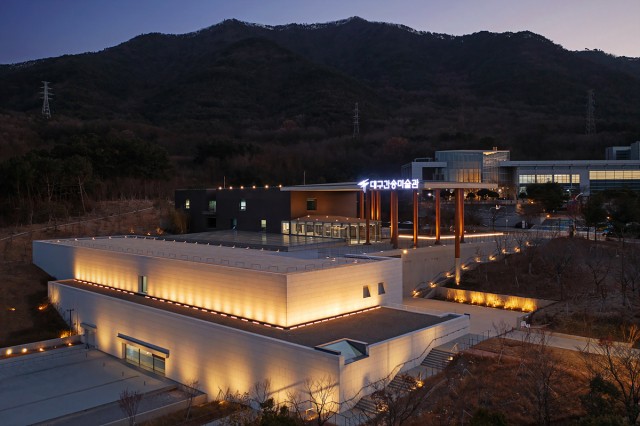
Exterior of Kansong Art Museum Daegu / ⓒ Kansong Art and Cultural Foundation
The
Kansong Art Museum Daegu is an institution operated based on the collection of
the Kansong Art and Cultural Foundation, established by Jeon Hyeong-pil
(Kansong), a prominent Korean educator and collector. Reopened in Daegu in
2022, the museum is dedicated to promoting and preserving the value of
traditional Korean art. Through a variety of exhibitions, it plays a vital role
in showcasing the beauty of Korea's cultural heritage to a broader audience.
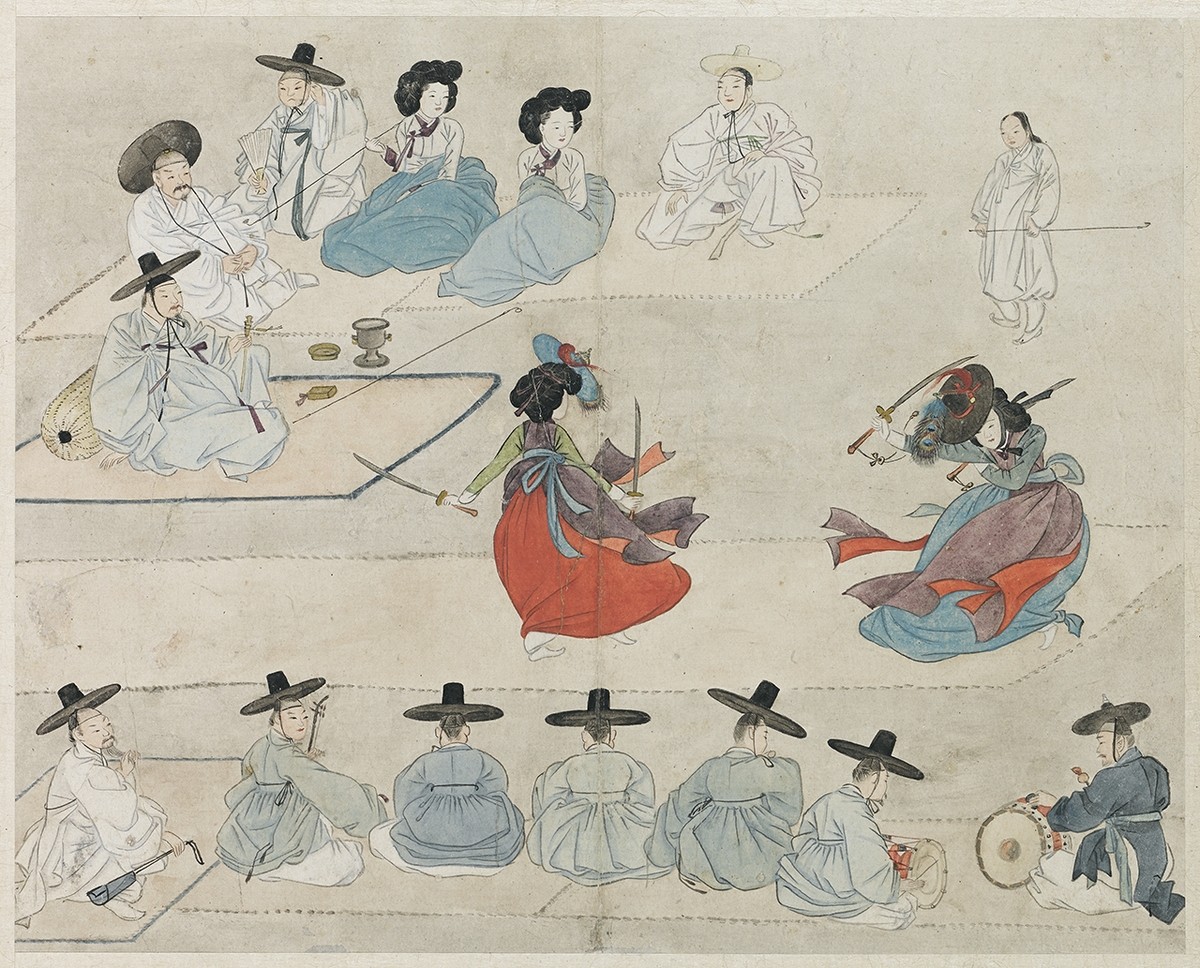 Shin
Yunbok’s Double Sword Dance / ⓒ Kansong Art and
Cultural Foundation
Shin
Yunbok’s Double Sword Dance / ⓒ Kansong Art and
Cultural FoundationThis work is a genre painting from the late Joseon period, vividly depicting two women performing a sword dance. The lively movement and elaborate costumes harmonize well, showcasing the culture and entertainment of that time.
This
exhibition features masterpieces by renowned Joseon-era artists, including Kim
Hongdo, Shin Yunbok, and Jang Seung-eop (the Three Wons), as well as Jeong
Seon, Heo Ryeon, and Cho Yeongseok (the Three Jae). The collection also
includes royal calligraphy and national treasures such as the Celadon
Prunus Vase with Inlaid Cloud
and Crane Design.
Jeonnam
Museum of Art: The Light and Color of O Jiho
The
Jeonnam Museum of Art commemorates the 120th anniversary of O Jiho’s birth with
the exhibition O Jiho and Impressionism: From the Vibration of
Light to Color This retrospective includes over 100 paintings,
archival materials, and personal artifacts such as his easel, palette, and work
clothes, highlighting O Jiho’s pioneering role in Korean Impressionism and his
innovative exploration of light and color.
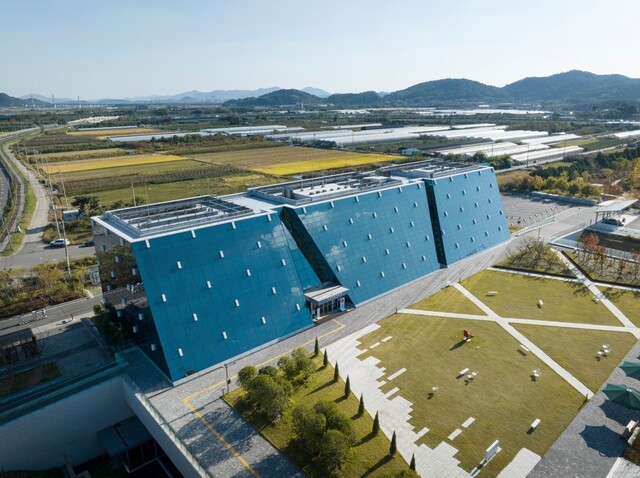
Exterior of Jeonnam Museum of Art / ⓒ Jeonnam Museum of Art
The
Jeonnam Museum of Art, located in Gwangyang, Jeollanam-do, is a public art
museum that opened in 2021. The museum aims to promote local culture and arts
while advancing contemporary art. It features exhibitions showcasing the works
of various domestic and international artists. Notably, it organizes exhibition
programs that connect the natural beauty and traditional sensibilities of the
Jeonnam region with contemporary art, drawing significant attention. The museum
presents a wide range of artworks, including paintings, sculptures,
installations, and videos, while also offering educational and cultural
programs that provide diverse artistic experiences for local residents and
visitors alike.
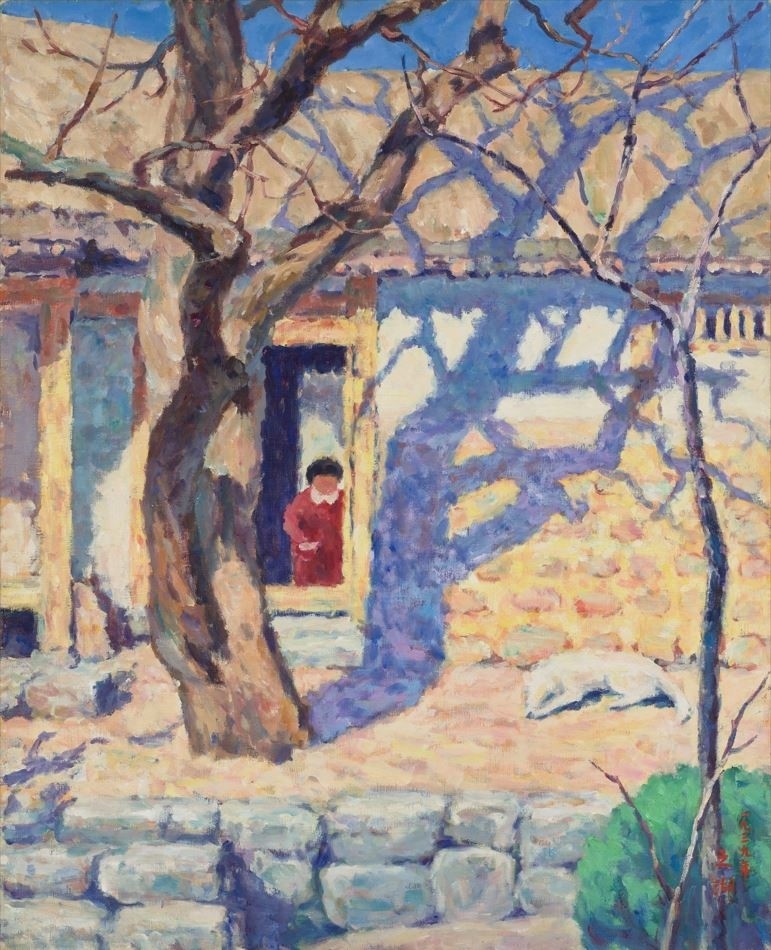 O
Jiho’s Southern-Facing House, 1939, Oil on Canvas / ⓒ
Jeonnam Museum of Art
O
Jiho’s Southern-Facing House, 1939, Oil on Canvas / ⓒ
Jeonnam Museum of Art
This
work is a representative piece of Korean modern landscape painting, beautifully
capturing the traditional Korean rural scenery in a warm and lyrical way
through the beauty of natural light and harmonious color tones. With the
delicate use of light and color, it conveys the changes of seasons and time,
showcasing the essence of Korean Impressionism.
O
Jiho (吳之湖, 1905–1982) was a pioneering figure in
modern Korean art and is credited with founding Korean Impressionism. He
explored the harmony of light and color through the themes of Korea's nature
and environment, creating an original visual language. During his time studying
in Japan, he learned Western painting techniques and developed an interest in
Impressionistic expression. After returning to Korea, he applied these
techniques to depict the country's natural landscapes and everyday scenes. His
representative works include Southern-Facing House
and Path in Autumn, through which he captured
the vitality of light and warm color tones.
O
Jiho played a significant role in the development of Western-style painting in
Korea and holds an important place in modern Korean art history, influencing
generations to come.
Busan
Museum of Contemporary Art: Nam June Paik Retrospective
The
Busan Museum of Contemporary Art is hosting a large-scale retrospective titled 《Nam June Paik,
Nam June Paik, and Nam June Paik》 Featuring over 160 works, the
exhibition covers the artist’s early to late works, showcasing his
groundbreaking contributions to media art. The collection is centered around
pieces from the Nam June Paik Art Center, offering a deep dive into his innovative
and forward-thinking artistic vision.
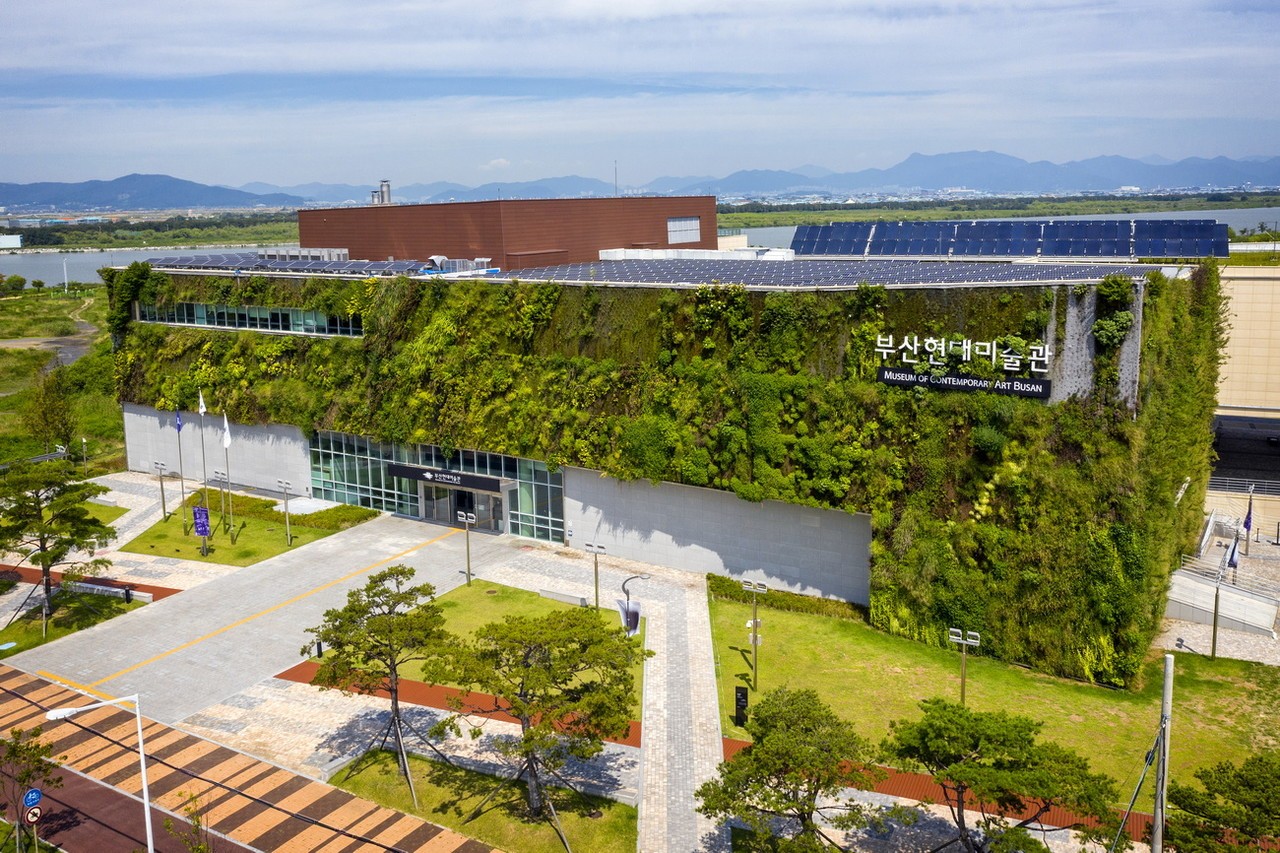 Exterior view of Busan Museum of Contemporary Art /
ⓒ Busan Museum of Contemporary Art
Exterior view of Busan Museum of Contemporary Art /
ⓒ Busan Museum of Contemporary Art
First
introduced at the 1998 Gyeongju World Culture Expo, this work utilizes 108
monitors to symbolically encapsulate significant events in Korean history, key
figures of modern times, and cultural scenes of the contemporary era. It
features images of Nam June Paik’s Fluxus colleagues, the remnants of Korea’s
liberation on August 15 and the Korean War, traditional fan dances and Buddhist
monk dances, as well as icons of popular culture at the time, such as Seo Taiji
and Boys.
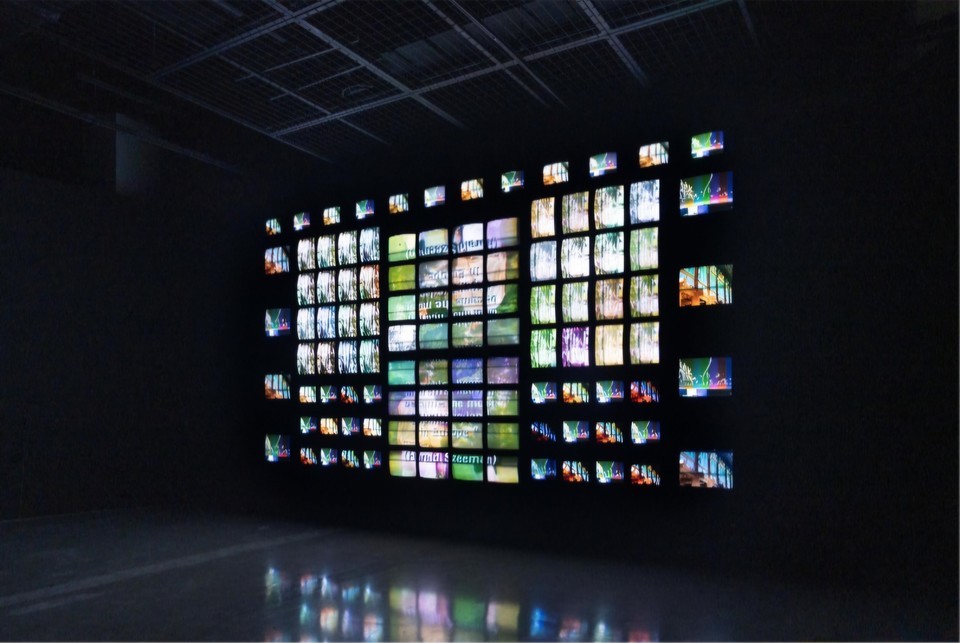 Nam June Paik’s 108 Agonies, 1998,
CRT monitors with video footage / ⓒ Gyeongbuk Tourism
Organization
Nam June Paik’s 108 Agonies, 1998,
CRT monitors with video footage / ⓒ Gyeongbuk Tourism
Organization
The Busan Museum of Contemporary Art, located in Busan, South Korea, is a public art museum dedicated to contemporary art. Opened in 2018, it serves as a platform for exploring innovative art practices and fostering creative exchanges on a global scale. The museum focuses on showcasing cutting-edge works in media art, installations, and interdisciplinary projects, highlighting both Korean and international artists. Surrounded by natural landscapes on Eulsukdo Island, the museum provides visitors with a unique blend of art and nature, offering diverse exhibitions and cultural programs that reflect the evolving trends of contemporary art.
Jeonbuk
Museum of Art: The Final Exhibition of the Lee Kun-hee Collection Tour
The
Jeonbuk Museum of Art is hosting the 《Lee Kun-hee
Collection Special Exhibition》," showcasing 85 significant works of
modern and contemporary Korean art. Highlights include Lee Jungseop’s Child
Peeing, Park Sookeun’s Women Pounding Grain,
and Lee Ungno’s Composition. As the final stop of the
Lee Kun-hee Collection nationwide tour, this exhibition holds special
significance for art lovers.
These
exhibitions offer a wide variety of artistic experiences, making them perfect
for families and individuals seeking to enjoy art during the Lunar New Year
holidays.
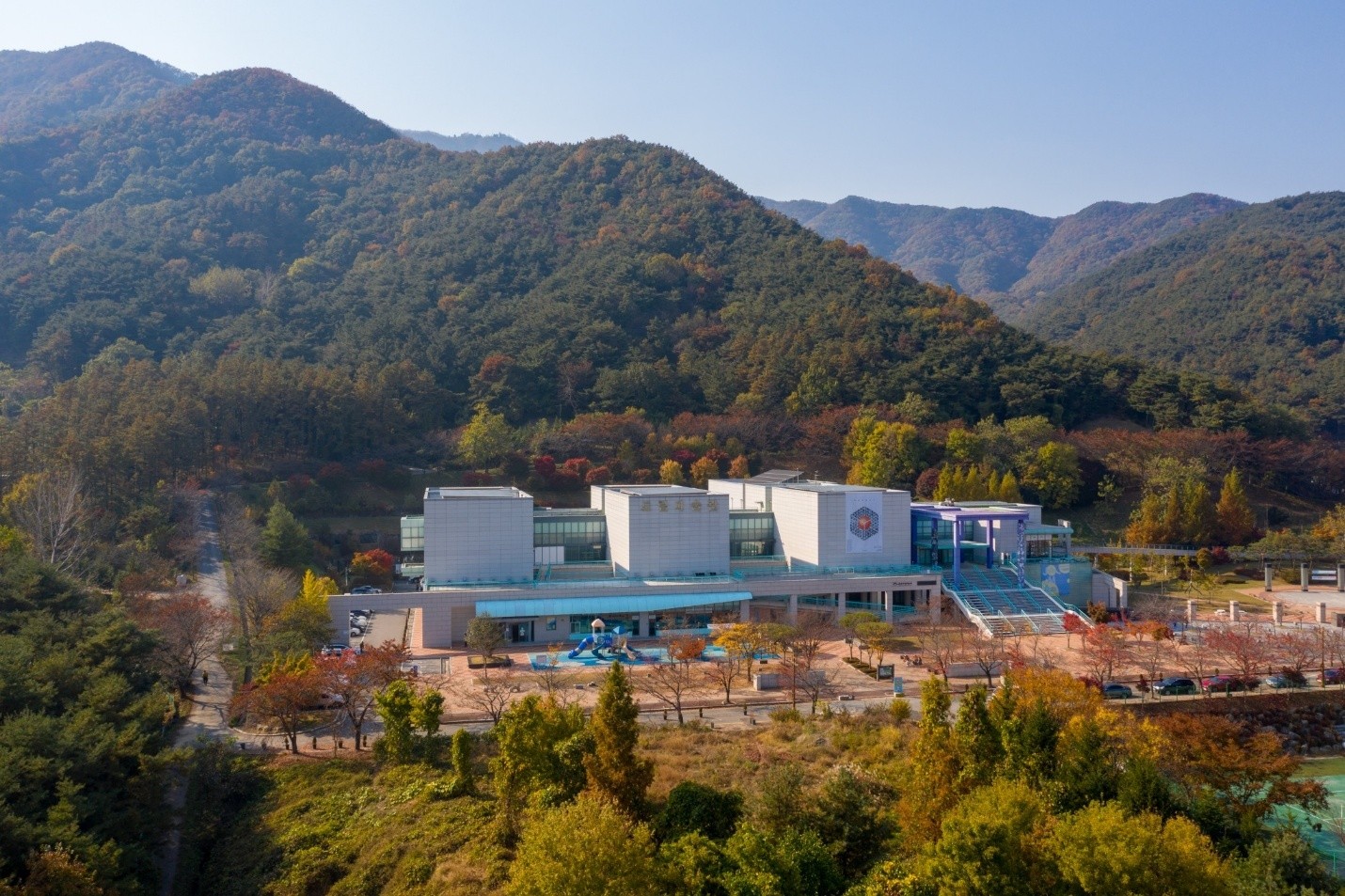 Exterior of Jeonbuk Museum of Art / ⓒ Korea Tourism
Organization
Exterior of Jeonbuk Museum of Art / ⓒ Korea Tourism
Organization
The
Jeonbuk Museum of Art, located in Wanju-gun, Jeollabuk-do, is a public art
museum that opened in 2004. The museum plays a key role in preserving the
artistic heritage of the Jeollabuk-do region and leading the creative currents
of contemporary art.
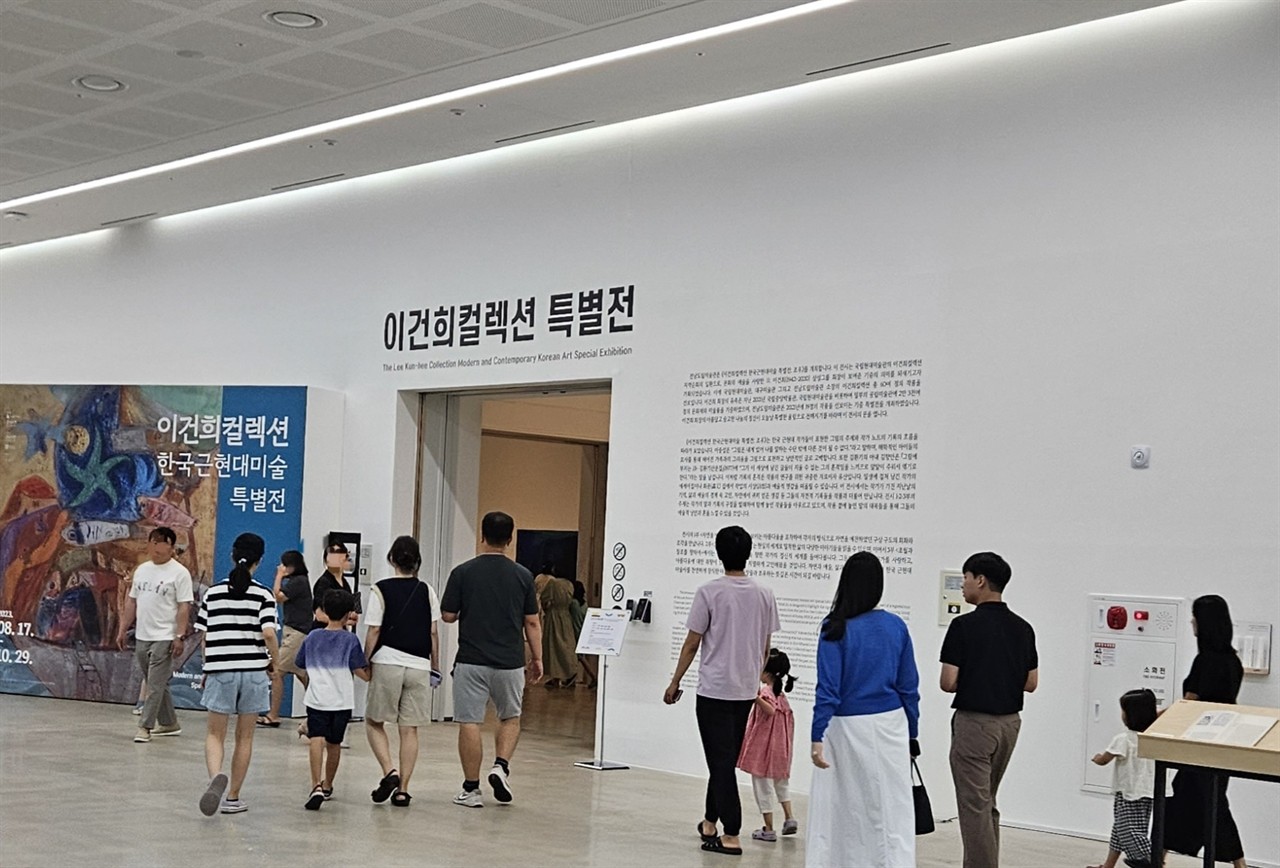 Lee
Kun-hee Collection Exhibition View / ⓒ Jeonbuk Museum of Art
Lee
Kun-hee Collection Exhibition View / ⓒ Jeonbuk Museum of Art
It offers curated exhibitions reflecting the culture and history of Jeollabuk-do, as well as special exhibitions like the Lee Kun-hee Collection, providing artistic inspiration not only to local residents but also to visitors from across the country. Through diverse exhibitions and educational programs, the museum has established itself as a space that bridges art and the public.



